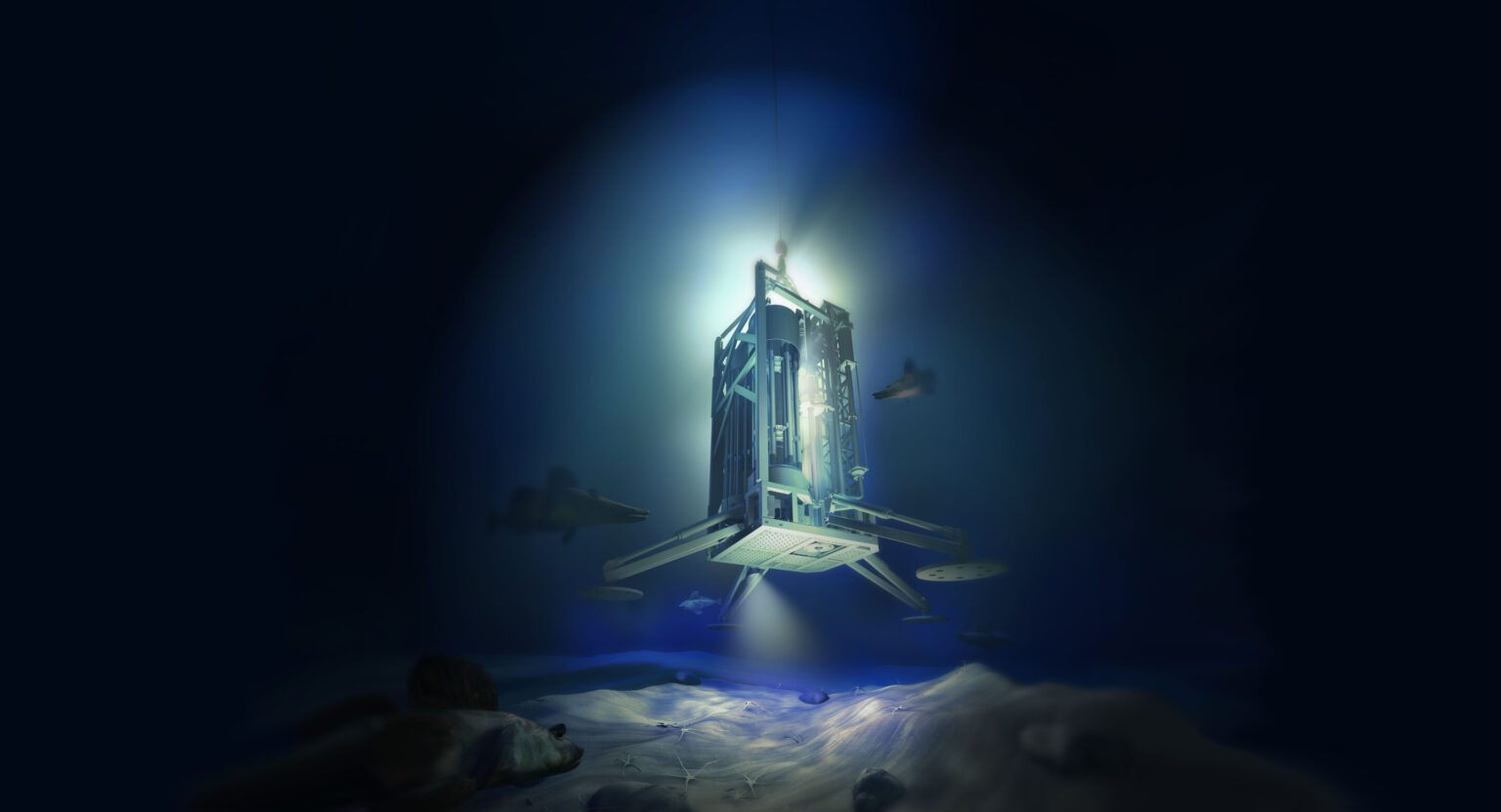New unique samples from the depths of a glacier have helped scientists to take a new look at the time of the first ice coverage of Antarctica. Strangely enough, this did not happen simultaneously in different parts of the continent.

Antarctic ice research
Every year, global warming forces Antarctic glaciers to melt more and more, revealing newer areas of the southern continent’s surface. It is quite possible that in the next few decades the ice there will disappear completely. And this is what makes scientists look for an answer to the question of its appearance there.
Scientists from the Alfred Wegener Institute and the Helmholtz Centre for Polar and Marine Research decided to investigate it. They did not do it themselves, but together with several other scientific organisations from different countries.
The scientists had the MARUM-MeBo70 drilling rig at their disposal. They used it on the Pine Island and Thwaites glaciers in West Antarctica, and then made comparisons with results obtained from ice sheet studies from the eastern parts of the continent.
What the research shows
Previous research has already informed scientists that Antarctica began to be covered in ice about 34 million years ago. At that time, a series of geological and climatic events led to one of the biggest changes in the history of our planet. The tropical world it had been since the time of the dinosaurs began to turn into an icy one.
At least, this occurred in East Antarctica and especially in the Northern Victoria Land. Here the moist sea masses reached the foot of the transatlantic mountains and rapidly cooled down. Heavy snowfalls created ideal conditions for the formation of layers of ice that had not melted for years. For this reason, this part of the continent was quickly covered by an ice cap.
However, a new study has shown that West Antarctica has another case. The climate there was already quite severe. However, the area was still covered by broad-leaved forests. It was only seven million years later that the climate changed more strongly and this part of the continent was also covered by a glacier.
All these studies are interesting not only because they allow us to see the difference between what our planet today and in the past. It is also important that if temperatures continue to rise, it is likely to be from the western part of the continent that the ice will start to break free.
According to phys.org


